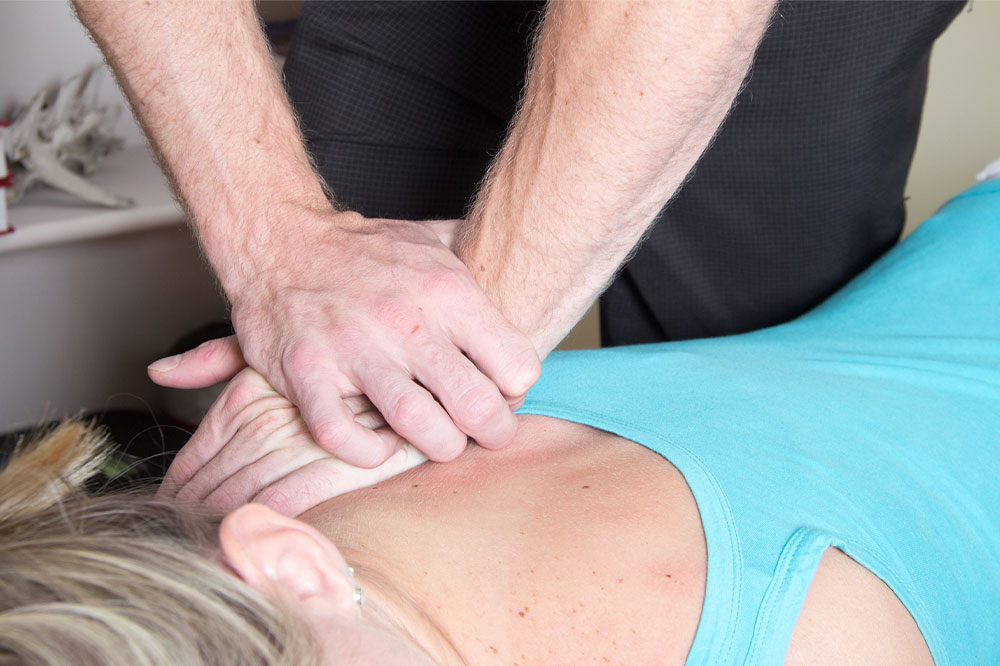
Bulging disc – Symptoms, diagnosis, and management options
Many people experience discomfort and disruption in their daily lives due to a bulging disc in their back. In this article, we will explain what this condition is, the typical signs and symptoms to watch for, and the different treatment options that can help lessen pain and promote healing. Whether one has been diagnosed with a bulging disc or suspects to have one, it is important to seek appropriate treatment.
What is a bulging disc?
When the soft cushion-like intervertebral disc of the spine is compressed and extends beyond its normal boundary, it is known as a bulging disc. This condition is commonly caused by wear and tear damage on the spine due to aging or repetitive movements, but it may also result from injury or trauma.
Signs and symptoms
The symptoms of a bulging disc can differ depending on its location and severity. Common signs include:
Localized or radiating pain in the back, neck, or legs
Tingling or numbness in the affected area
Muscle weakness
Difficulty with movement or flexibility
In some cases, individuals may experience shooting pain traveling down the leg, often called sciatica.
A bulging disc in the neck can lead to pain near or between the shoulder blades.
If one experiences any of these symptoms, it is necessary to consult a physician for an accurate diagnosis.
Diagnosis
To diagnose a bulging disc, a healthcare provider will conduct a thorough physical examination and may also request imaging tests like X-rays, MRI, or CT scans. These tests are crucial in identifying the condition’s location and extent and visualizing the spine’s overall condition.
Treatment options
Non-surgical interventions
In many cases, non-surgical treatment methods can effectively relieve pain and promote the healing of a bulging disc. Common options include:
Physical therapy
A tailored exercise program can help strengthen the back muscles, improve flexibility, and reduce pressure on the affected disc. Additionally, physical therapy can educate patients on proper body mechanics and posture, enabling them to prevent further strain on the affected area and promote long-term back health.
Pain management
Doctors may prescribe muscle relaxants that can help to alleviate pain and discomfort.
Heat and ice therapy
Applying heat or ice packs to the affected part can help reduce inflammation and provide pain relief.
Rest
It is important to get enough rest to alleviate pain. Avoid standing for extended periods of time, and try not to sit for long periods without taking breaks.
Surgical interventions
If non-surgical treatments fail to provide sufficient relief or if the bulging disc is causing severe neurological symptoms, surgical intervention may be recommended. Common procedures include:
Discectomy
Laminotomy
Spinal fusion
A spine specialist will assess one’s condition and recommend the most suitable surgical option.
Conclusion
Having a bulging disc in the back can cause a lot of discomfort and restrict movement. It is important to be able to identify the symptoms of this condition in order to diagnose it early and receive timely treatment. By making lifestyle changes and using non-surgical methods, many people can alleviate their pain and get back to their normal activities. Proper care and early intervention are vital in managing and improving the condition.




